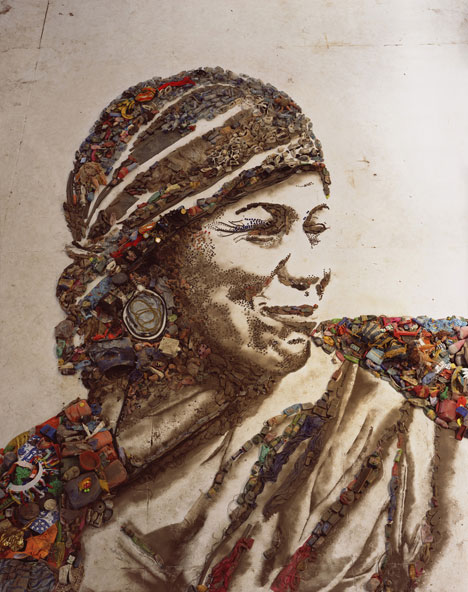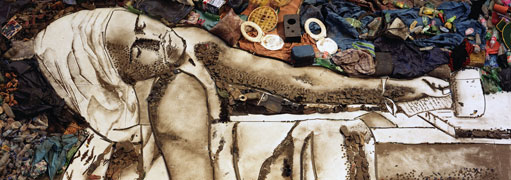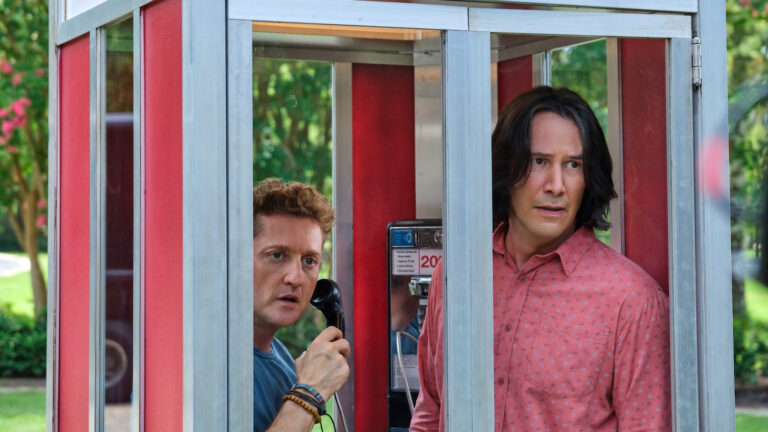Film Review: A Brazilian Artist Turns The World’s Largest Dump Into Fertile Creative Ground In Waste Land
Moving Doc Covers Economy, Ecology And The Transformative Power Of Art
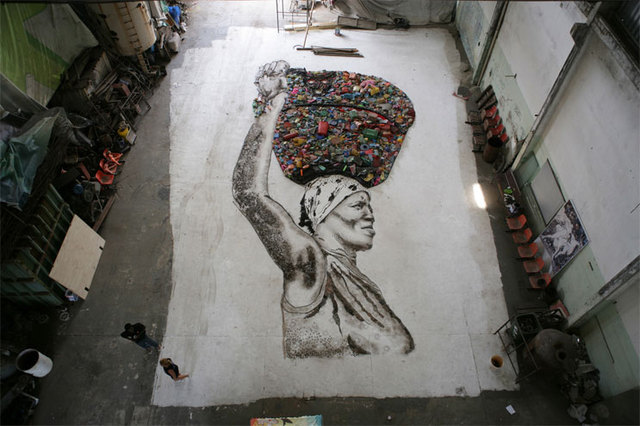
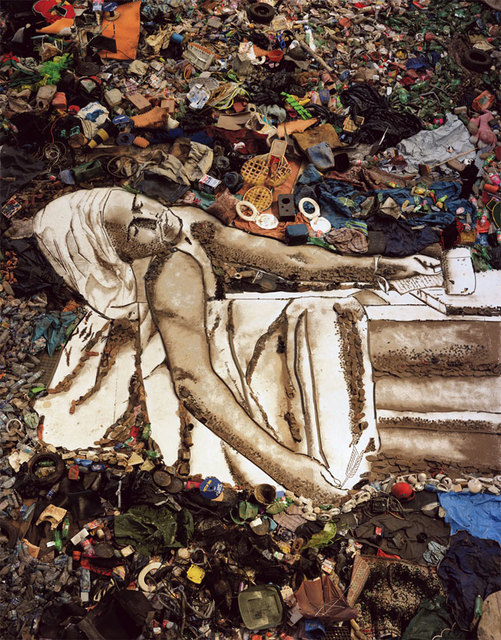
but I don’t think it’s gonna fit on my wall.
